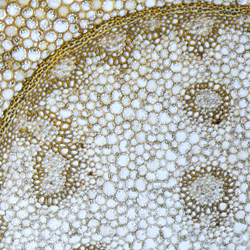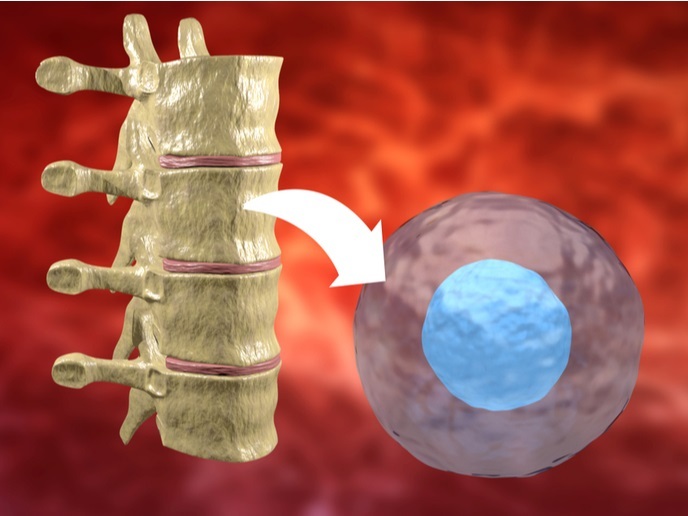Metal trafficking in plant cells
Transition metals (zinc (Zn), manganese (Mn) and iron (Fe)) play an important role in living cells as redox acceptors and as necessary elements for protein structure and function. Fluorescence resonance energy transfer (FRET) sensors are the best tools for studying the dynamics of cellular metal ion levels. The goal of the 'Nanosensors to monitor metal dynamics in living plant cells' (SENSOMETAL) project was to design genetically encoded sensors to monitor dynamics of the transient metals in living plant cells. A set of six high-Zn sensitivity sensors were developed. Their affinities for Zn range from 2 picomole (pM) to 3 nanomole (nM) and display high sensitivity and high dynamic range in FRET. These characteristics make them suitable for monitoring Zn in vivo. These sensors were used in transient and stable expression in wild-type plants and mutants that were impaired in Zn translocation from roots to shoots. Different components such as glucose, nitric oxide or hydrogen peroxide were tested for their ability to affect free cytosolic Zn concentration. In a first attempt undertaken at generating Mn and Fe sensors, a dozen constructs were cloned, expressed and purified, and ligand specificity was tested. Further development of the project and introduction of new modifications of sensors is important for the investigation of metal homeostasis mechanisms in living plants.







